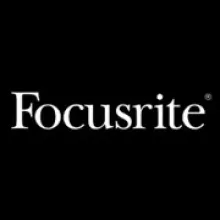
Focusrite Audio Engineering Ltd. is a UK audio equipment manufacturer based in High Wycombe, England. Focusrite designs and markets audio interfaces, microphone preamps, consoles, analogue EQs and Channel strips, and digital audio processing hardware and software. Many, but not all, Focusrite products are manufactured for the company in China.
Founded in 1985 by Rupert Neve, Focusrite's first contracts included a commission from Sir George Martin to build extensions to Air studios' custom Neve consoles, initially the vintage recording console in Martin's Air Montserrat studio in the Caribbean – specifically a no-compromise microphone preamplifier and equaliser.
![Focusrite Scarlett 8i6 [3rd Gen] USB Driver](/sites/default/files/styles/thumbnail/public/2023-12/sound-focusrite-scarlett-8i6.webp?itok=RIghiUXK)




